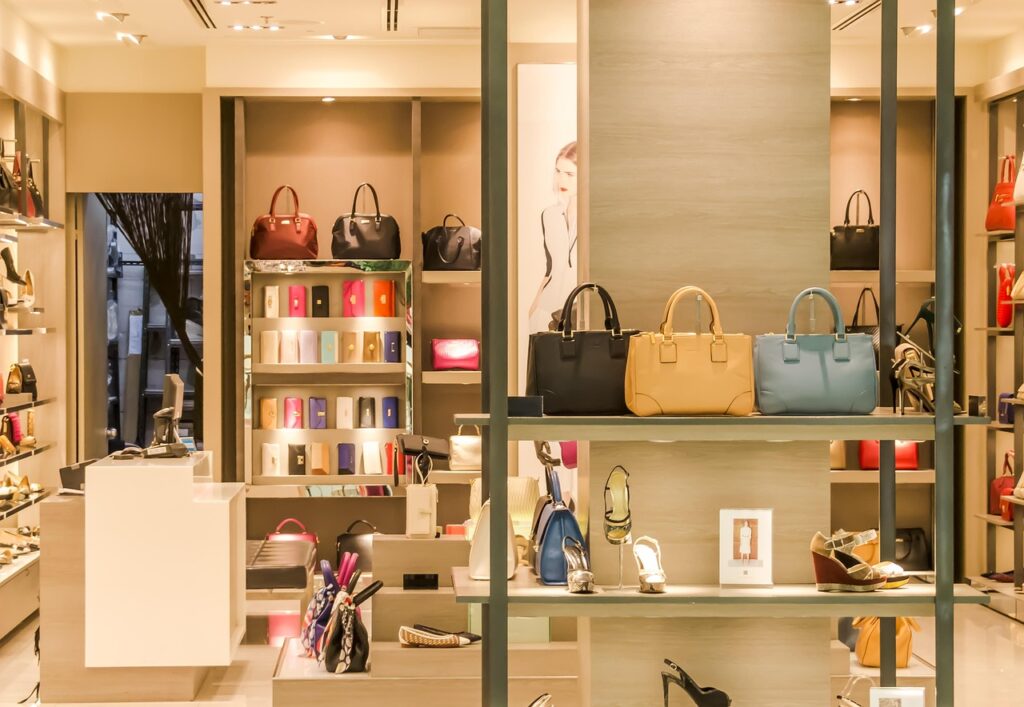If you’ve ever stood in front of your closet full of clothes and thought, “I have nothing to wear,” you’re not alone. But have you ever stopped to think about where those clothes came from—or who made them?
In today’s world, our fashion choices carry more weight than ever before. Fast fashion has become the norm, pumping out trendy clothing at breakneck speed, often at the expense of people and the planet. Fortunately, a growing movement—ethical fashion—is changing that narrative. It’s about buying with intention, supporting fair practices, and still looking fabulous.
If you’re curious about how to shift to a more conscious closet without giving up your style, this beginner’s guide to ethical fashion is for you.
What Is Ethical Fashion, Exactly?
Ethical fashion focuses on the social and environmental impact of clothing. It considers everything from how raw materials are sourced to how workers are treated in factories. In essence, ethical fashion asks, “Can we look good without causing harm?”
This movement includes:
- Fair labor practices (safe working conditions, fair wages, no child labor)
- Sustainable materials (like organic cotton, Tencel, or recycled fabrics)
- Eco-friendly production (less water usage, fewer chemicals, reduced emissions)
- Animal welfare (no cruelty or exploitation in the sourcing of materials)
While it might sound like a tall order, ethical fashion is more accessible than ever.
Why It Matters
You may be surprised to learn that the fashion industry is the third-largest polluting industry in the world, behind oil and agriculture. It’s responsible for around 10% of global carbon emissions and produces over 92 million tons of textile waste each year. Fast fashion fuels this by churning out low-quality clothing that ends up in landfills after just a few wears.
Beyond the environmental damage, there’s the human cost. Many fast fashion garments are made by workers—often women—in developing countries, working in unsafe conditions for barely livable wages.
Shopping ethically isn’t just a personal style choice—it’s a statement that you value the wellbeing of others and the planet.
How to Shop Smarter Without Sacrificing Style
Let’s bust one myth first: ethical fashion doesn’t mean you have to wear shapeless beige linen forever. The ethical fashion world is diverse, vibrant, and surprisingly chic. You just need to know where to look and how to shift your shopping mindset.
1. Start with What You Already Own
The most sustainable clothes are the ones already in your closet. Before buying something new, ask:
- Can I style this differently?
- Can I repair or tailor it?
- Can I swap it with a friend?
Take inventory of your wardrobe and identify gaps. This helps you shop with purpose instead of impulse.
2. Buy Less, Choose Better
Quality over quantity is key. Instead of buying five trendy tops that might fall apart after one season, invest in one well-made piece that can last years. Look for:
- Durable fabrics (like organic cotton, hemp, or bamboo)
- Strong stitching and construction
- Timeless cuts and colors
A higher price tag often reflects better labor practices and materials—but it also means fewer purchases over time.
3. Get to Know Ethical Brands
The good news? Ethical fashion is booming, and there are plenty of stylish brands that align with your values. Some favorites include:
- Everlane: Radical transparency and minimalist basics
- Reformation: Trendy, feminine styles with sustainable materials
- People Tree: A pioneer in fair trade fashion
- ABLE: Empowering women through ethical employment
Use directories like Good On You to check a brand’s sustainability rating and ethical practices.
4. Shop Secondhand and Vintage
Thrifting is not only budget-friendly, it’s eco-friendly too. Buying secondhand extends the life of clothing and keeps it out of landfills. Explore:
- Local thrift shops and vintage boutiques
- Online platforms like ThredUp, Depop, or Poshmark
- Clothing swap events in your area
And don’t forget—you can sell or donate your own gently-used clothing too.
5. Look for Certifications
Navigating ethical claims can be tricky, as many brands use buzzwords like “green” or “sustainable” without real action. Look for third-party certifications that mean something:
- Fair Trade Certified
- Global Organic Textile Standard (GOTS)
- OEKO-TEX® (tested for harmful substances)
- Certified B Corporation
These labels help cut through the greenwashing.
6. Think Long-Term, Not Just Trendy
Trends fade, but your values don’t have to. Consider building a capsule wardrobe—a curated collection of versatile, timeless pieces that mix and match effortlessly. Capsule wardrobes can reduce decision fatigue and encourage mindful shopping.
If you love trends, try renting fashion for special occasions through services like Rent the Runway or experimenting with accessories instead of full outfits.
Bonus Tip: Ask Questions
Empowered consumers make informed decisions. If you’re unsure about a brand, reach out and ask:
- Where are your clothes made?
- Who makes them?
- What steps are you taking to reduce your environmental impact?
Transparency is a hallmark of ethical fashion. Brands that are doing the work won’t shy away from your questions.
Switching to ethical fashion isn’t about perfection—it’s about progress. Even small changes in your shopping habits can have a ripple effect. When you choose clothing that’s made fairly and sustainably, you’re voting with your wallet for a better world.
You don’t have to sacrifice your personal style to do it. In fact, shopping consciously can help you develop a more intentional, authentic look—one that aligns with your values and feels good inside and out.
So the next time you reach for that $10 impulse buy, pause and ask: Is this worth it? When you start choosing clothes with a conscience, you’ll find the answer becomes a lot clearer.


